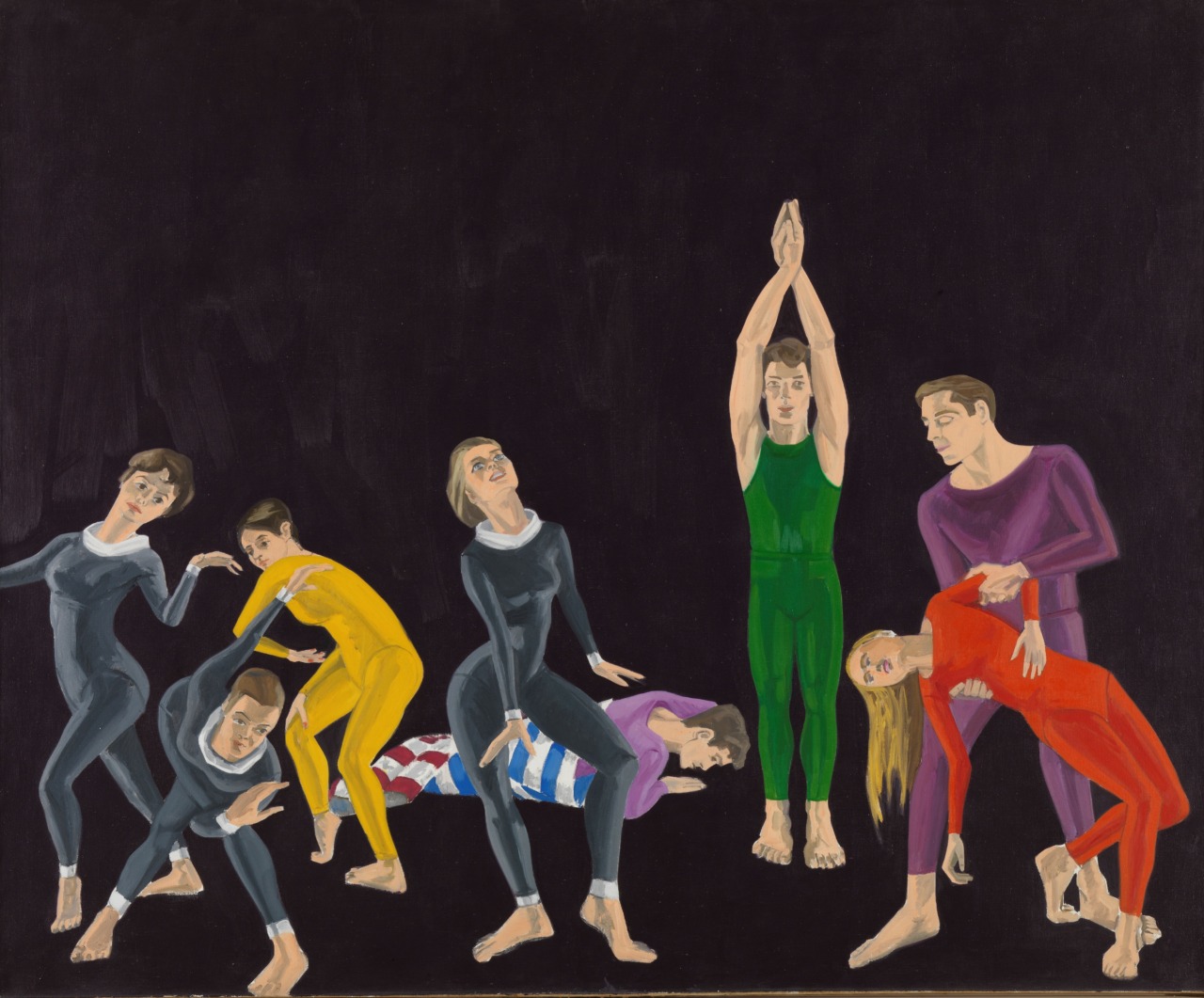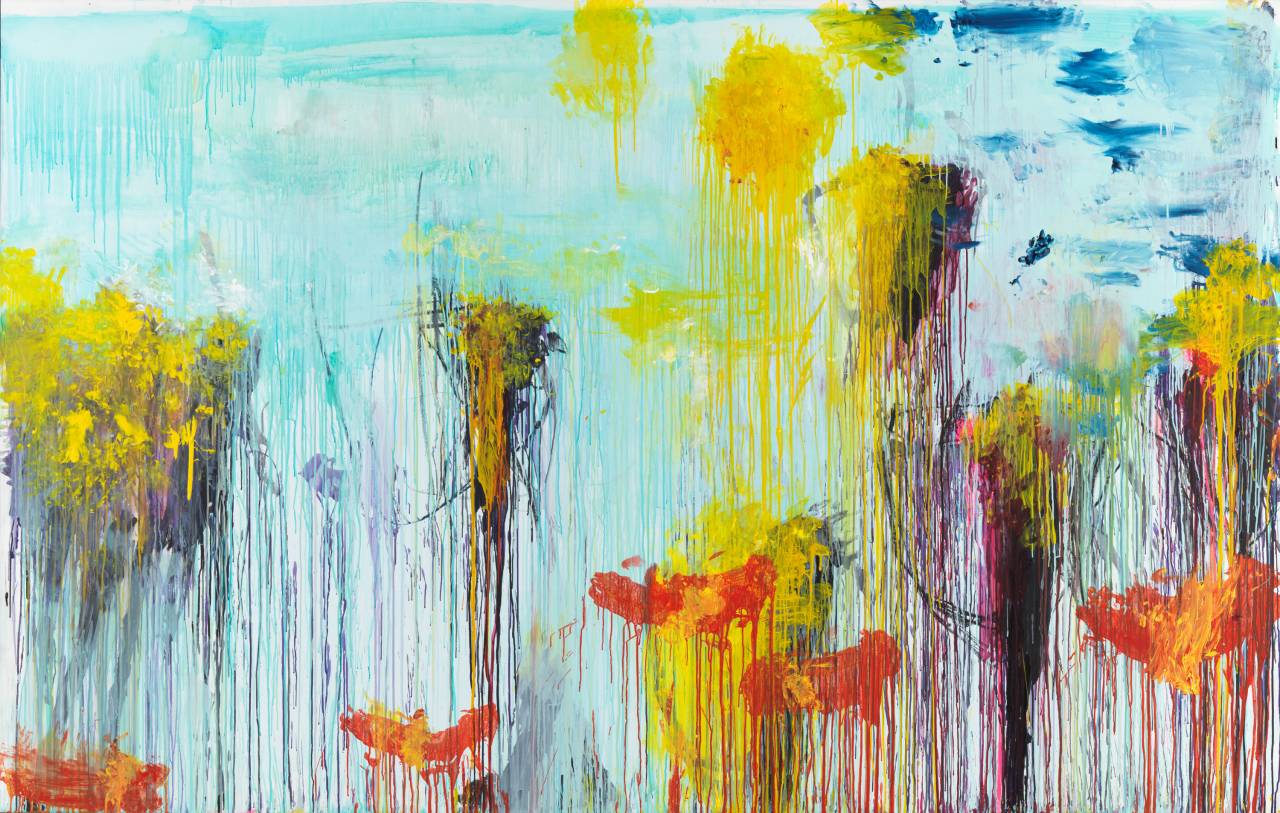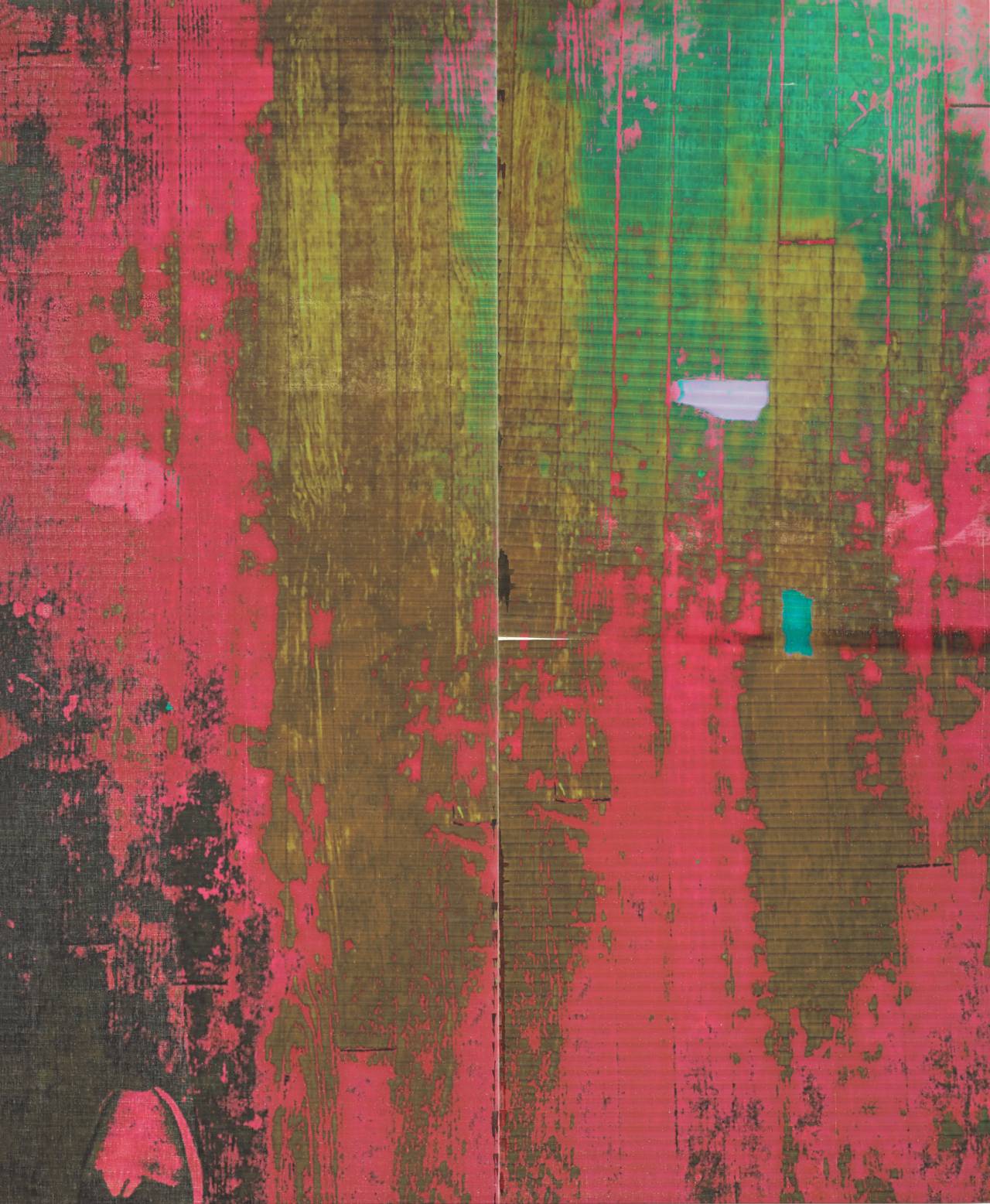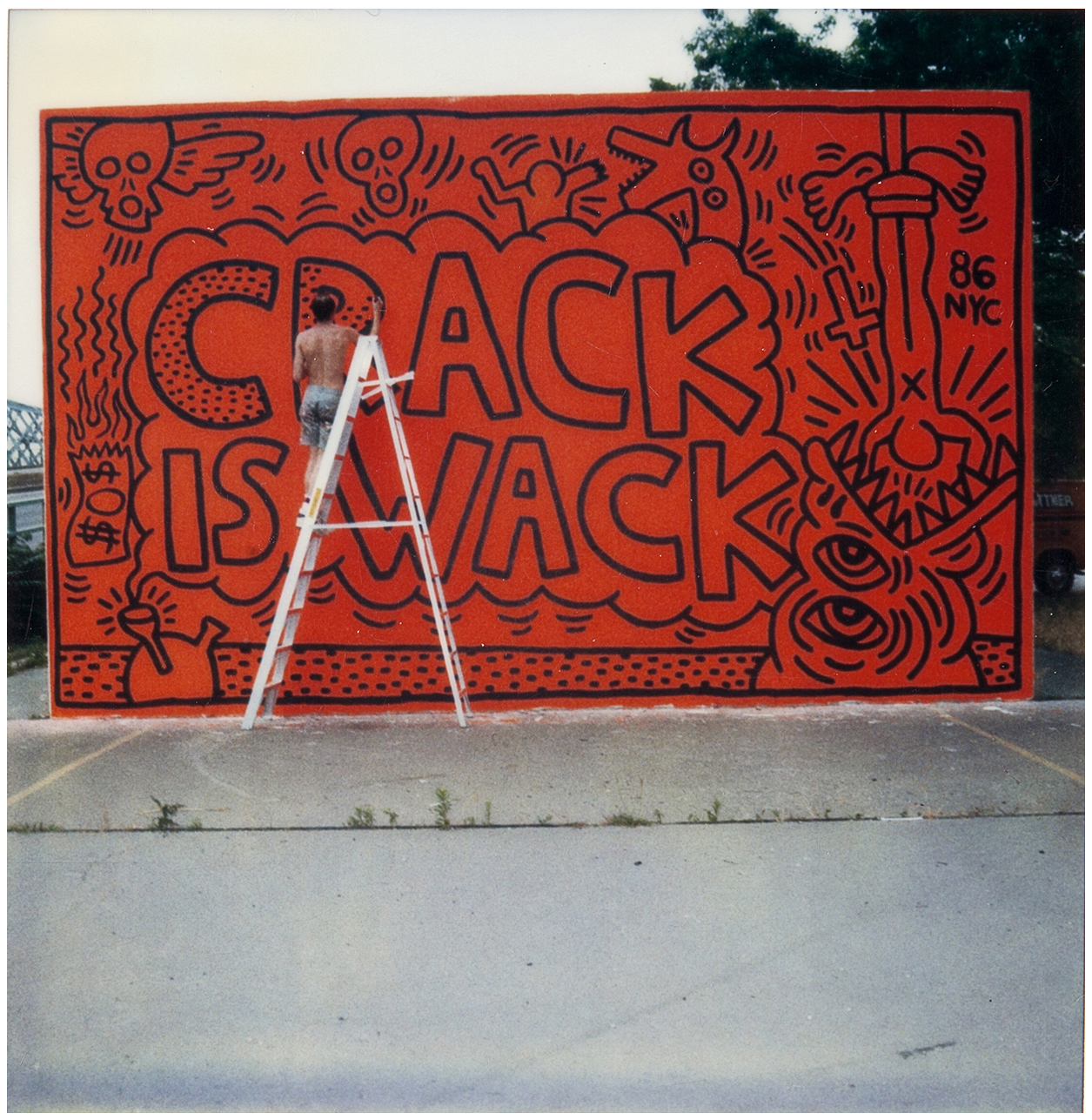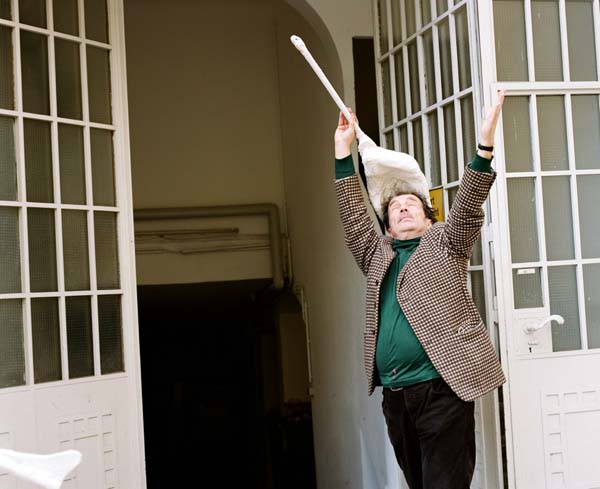Wade Guyton
Artist FactoryDescription
was born in Hammond, Indiana, USA, in 1972.
Associated modules
Wade Guyton is an American artist who works using digital means. He uses scanners and digital editing programs for his motifs, which he applies to canvas or paper by means of inkjet printers. The printer is his paintbrush.
He regards his printed works on paper as drawings, those on canvas as paintings. That digital technology can be a tool for painting was quite a groundbreaking idea in the 1990s!
"I’m always looking at the computer. I make all of my work on the computer at some point or another. Almost all of the paintings come from a file."
Wade Guyton
|
Source
Wade draws shapes and letters using a word processor. He prints these on pages taken from catalogs or magazines, on posters or empty canvases.
Often in the creative process there is a battle between the printer and the material, and the traces of this remain on the surface: streaks in the form of drops, blobs, misalignments, blurs. All this becomes part of Wade’s works.
Talk about it
Where does the creative process take place: on the screen, when printing, or when appraising and selecting the images as they are stretched on frames on the wall?
His New York studio is in a loft, an open-plan apartment that looks a bit like a factory building. It contains an archive, a library, an office area and a kitchen, which serves as a meeting place for Wade Guyton’s co-workers.
Ponder this
How has the use of digital devices and their work processes changed the role of artists?
During his time at Hunter College in New York, Wade Guyton earned a living as a supervisor for the Dia Art Foundation, which has an exhibition space in New York. Many artists work there. After work they often sit around together and chat.




